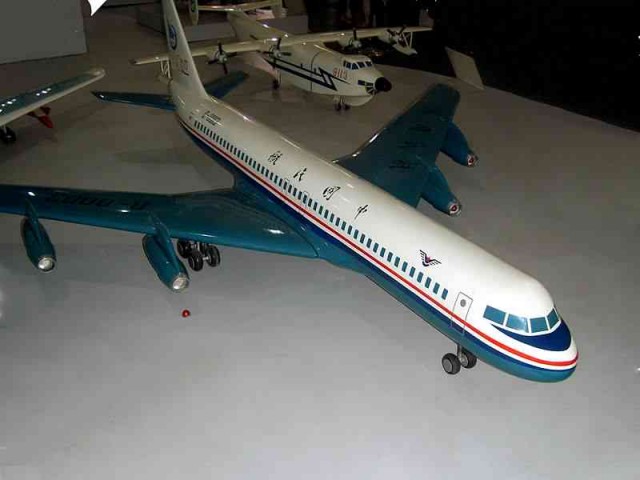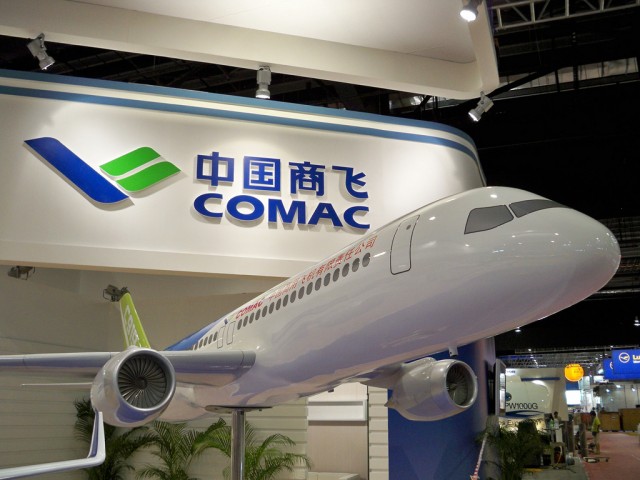It’s no secret that China is one of the world’s largest consumers of narrow-body aircraft. It is also no secret that China wants to be seen as capable of developing its own commercial airline industry. The Comac C919 is the answer to their problem. Unlike the ARJ-21, this aircraft is a much more ambitious affair.
Though still mostly constructed from aluminum, the aircraft features composite materials — at least in the wingbox. The Comac C919 has garnered 450 orders prior to the first airframe being completed, with the first flight expected towards the end of the fourth quarter this year. It looks, to the untrained eye, as if this program is off to a promising start.
Unpack the 450 orders, however, and the picture starts to look a little different.

A model of the Shanghai Y-10. There is one extant copy, but it is very hard to get close to. – Photo: Shizhao
Today, the Chinese are building their second fully designed and built airliner, the Comac C919. However, back in 1980, they flew their first designed and built in-house airliner, the Shanghai Y-10 and it has an interesting (and quite short) history.
The Chinese aviation business after the 1949 revolution was, to say the least, lagging behind both the west and the Soviet Union.
The only aircraft assembled in China that was even close to the dimension and role of those built by their peers was the Xian H-6 a sinofied and license-built version of the Soviet Tu-16. Though the first Chinese medium bomber flew in 1959, no H-6 would ever be fitted with indigenously-designed engines. Chinese fighter aircraft followed along a similar trajectory, though their designers were offered a little more creativity in terms of adding differing body kits to license-built Soviet planes.
Something, however, was missing from the Chinese aviation industry. The skilled fabricators and support staff were there, but there was no real push for engineering talent- particularly in the civil market.
It is unclear how long the Shanghai Aircraft Research Institute had been researching a large, narrow-body passenger aircraft prior to receiving the government’s blessing in August of 1970, but the will was clearly there. Or at least, convicted Gang of Four member Wang Hongwen believed there to be. As a major player in the isolationist factions of the Chinese Communist Party, he was, in some ways, running astray of Mao’s latest internationalist gambits by trying to achieve a self-sufficient aviation industry. Let us ignore that, however.

